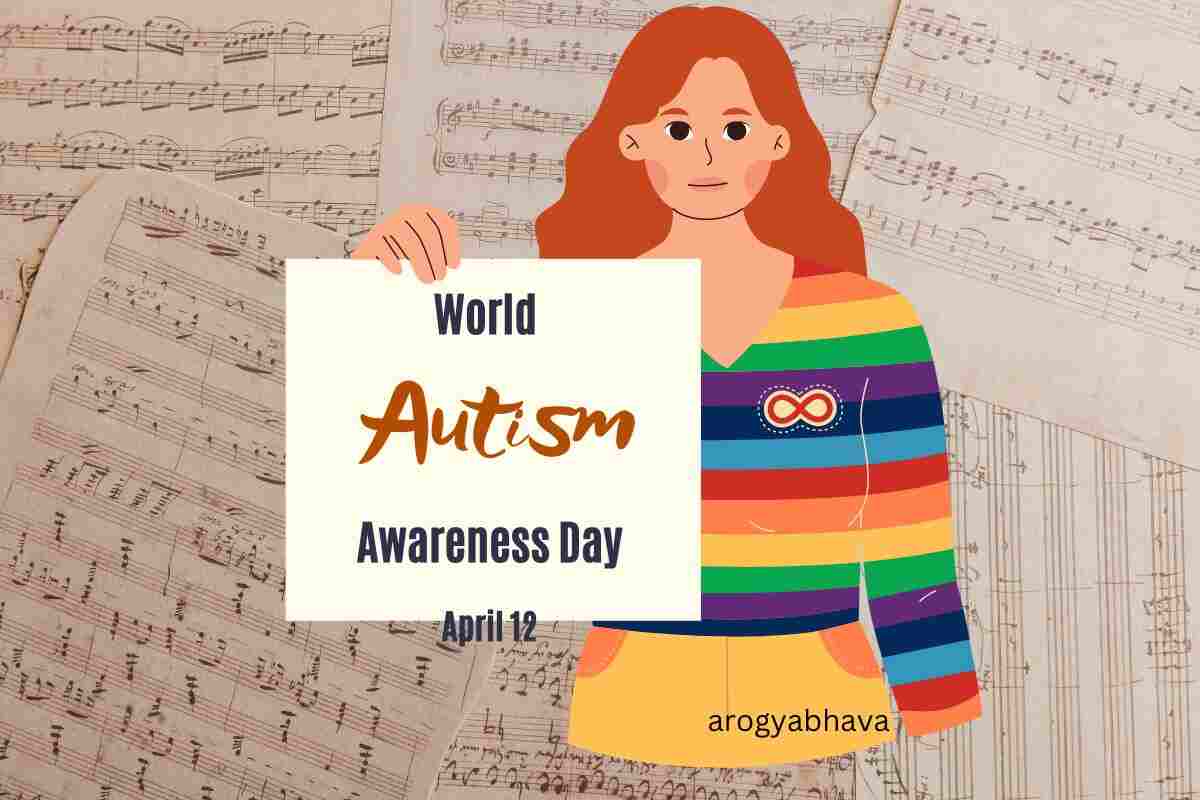World Autism Awareness Day: History, Objective

The United Nations member states observe World Autism Awareness Day every year on April 2. The day’s purpose is to increase public awareness of people worldwide who have autism spectrum disorder. World Autism Awareness Day was organized with the assistance of civil society partners such as-
- Autistic Self Advocacy Network
- Global Autism Project
- Specialisterne Foundation
- UN Department of Global Communications
- UN Department of Economic and Social Affairs
History of the World Autism Awareness Day
The behavioural and communicational traits of autism spectrum disorder, a developmental disorder that affects a person’s capacity to navigate social interactions and repetitive and restricted behaviour, are hallmarks of the condition.
The term “autism” appeared in 1911 when psychiatrist Eugen Bleuler used it to describe a particular group of symptoms initially thought to be clear signs of schizophrenia, such as severe social withdrawal.
In that order, Dr. Leo Kanner, a paediatrician, published his article titled “Autistic Disturbances of Affective Contact” in 1943, describing Autism as a social and emotional disorder. Hans Asperger, a psychologist, published his article titled “Autism Psychopathology Article” in 1944, defining Autism as a disorder affecting children with average intelligence who have difficulty with social and transferable skills. These articles donated especially to the research that helped distinguish Autism from schizophrenia as a separate disorder in 1980.
World Autism Awareness Day was founded by the “United Nations General Assembly” on “Resolution 62/139” and adopted on December 18, 2007, in response to the ongoing investigation and research into Autism. The goal of the resolution was to enable associate states to take measures to raise awareness about individuals with autism spectrum disorder and sustain the examination of finding novel ways to improve wellness and inclusion.
Last but not least, the “American Psychiatric Association” created the concept of Autism as a spectrum in 2013 by combining all subcategories of autism and related conditions into one cohesive classification, including various features, harshness, and production of the signs. It was in the fifth edition of the “Diagnostic and Statistical Manual of Mental Disorders.”
The theme of world Autism Day
World Autism Awareness Day 2022 had the theme “Inclusive Quality Education for All.” After 2020, the Covid-19 pandemic spread and made it difficult for people, especially autistic people, to access education, which had been made easy for years.
What is the objective of World Autism Day?
Early childhood is when Autism first appears and persists throughout a person’s lifetime. The purpose of World Autism Awareness Day is to uphold the inherent worth of all people with disabilities and to ensure that they all have full access to fundamental freedoms and rights.
Learning more about the traits of people with this complex condition is the best way to observe World Autism Awareness Day. Let’s educate ourselves on the significance of this day to deepen our understanding and encourage kindness.
FAQs:
As a parent, how can I celebrate World Autism Awareness Day?
Parents are welcome to celebrate this day with their autistic and typically developing children. Parents of autistic children should begin encouraging their kids and figure out how to treat them with love and affection. Additionally, they can take advantage of this chance to educate those unfamiliar with ASD.
How to spread autism awareness?
Two main objectives dominate the lives of parents of autistic children. The initial aim is to understand the autistic symptoms that their child is displaying fully. Second, they must raise awareness about Autism by educating anyone who regularly interacts with their child about the condition and its difficulties. They can speak with medical professionals who are experts in treating Autism to expand their knowledge. They can also read blogs and articles offering in-depth information and perspectives on Autism.
Also Read: Types, Symptoms and Treatment of Autism Spectrum Disorder (ASD)